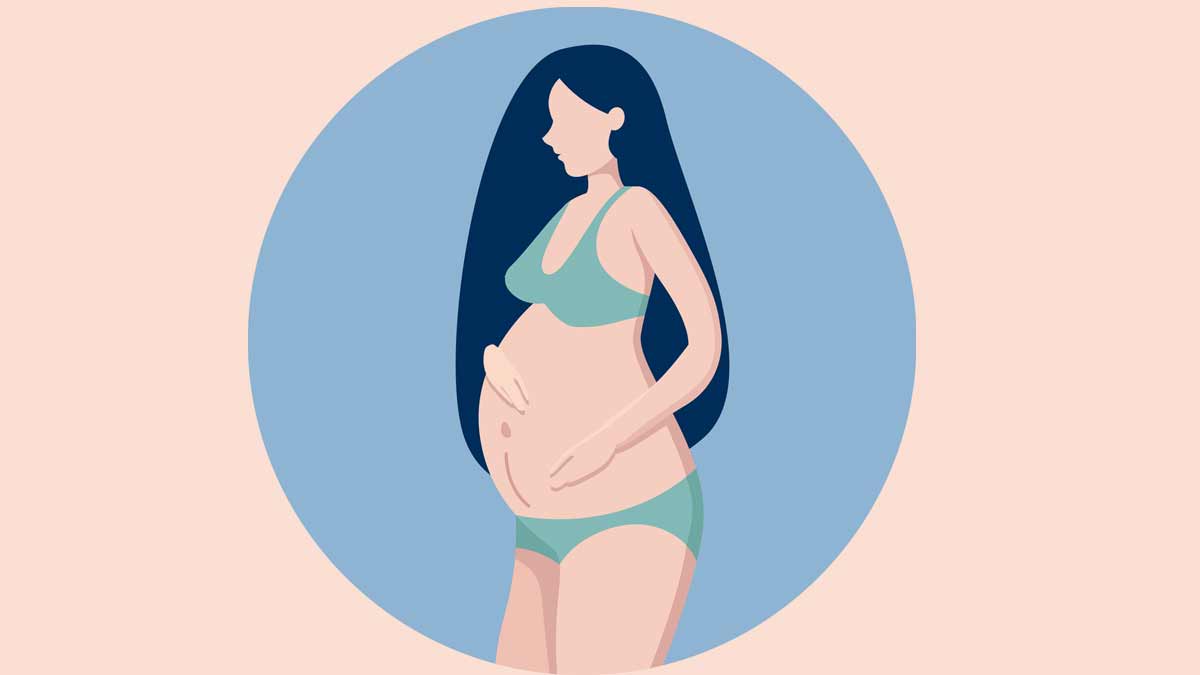
Risks Of Prolapse To No Vaginal Delivery After Caesarean, Busting 6 C-Section Myths
When a woman is expecting a baby, she is bombarded with suggestions, shreds of advice and several myths that are enough to scare any living soul. While people share their experiences to help the mother-to-be to be prepared for what is to come next, in many cases, the false information can make someone take decisions that might not work in their favour.
A few days back we spoke about myths related to vaginal delivery. Today, we will tell you misinformation associated with C-section delivery. We connected with Dr Subhashini Y, Consultant - Obstetrics & HOD - Academics, Fernandez Hospital to help us burst myths around caesarean.
Myth 1: C-Section Is Easier Than Vaginal Birth

Dr Subhashini Y shared that a C-section is a major surgery which involves risks for bleeding, infection and issues related to anaesthesia. It does sound easier, takes lesser time and does not involve efforts by the expecting mother compared to vaginal delivery, but it is not easier.
She added, “The risk of tears and stretch in the birth passage is bypassed, fewer urinary inconsistencies and birth injuries to the baby are minimised in the hands of an experienced surgeon.” However, a C-section is only suggested when there is a potential risk to the life of the mother, baby or both.
Since vaginal deliveries require lesser intervention of any foreign object and involves few complications, including fast recovery, no scarring, budget-friendly and short stay at the hospital.
Myth 2: C-Section Reduces Risks For Prolapse
Prolapse is defined as a condition when pelvic organs (rectum, uterus, bladder) are pushed into the vaginal wall, and symptoms might not be able to establish the correlation to the severity of the slip. Breathing issues, obesity and movement mechanics contribute to this condition.
1
2
3
4
The doctor told us that having a C-section is not indicated because of prolapse. It also does not help with alleviating or decreasing the symptoms. Some amount of prolapse is normal with pregnancy, and it can be improved with a few posture management and pelvic floor exercises.
Myth 3: Doctors Are Paid More For A C-Section

The cost of a C-section is more compared to a normal delivery because it involves an expert, operation time, nurses and high-end equipment. However, most hospitals nowadays have a fixed salary for doctors. Hence, Dr Subhashini Y said that there is no direct proportion between the number of caesareans and a doctor’s payment.
Myth 4: Multiple C-Sections Are Okay
In the first myth, we have explained that a C-section is a major surgery. It also increases the chances of having placenta previa and accreta spectrum disorders, a condition in which the placenta is adherent to the uterine wall or sometimes gets stuck deep into the bladder wall causing injury or heavy bleeding during the operation.
In cases a mother tries to have a vaginal delivery after a caesarean, there is an increased chance for scar rupture. It possesses risks for brain injury to the baby.
Myth 5: All Women Can Opt For Vaginal Delivery After A Caesarean

The doctor shared that every woman who had an inter-delivery interval of more than 18 months (ACOG Guidelines) with a head-down position without any placental issues is eligible for VBAC (vaginal delivery). The success rate remains at 60% if a pregnant woman experiences spontaneous labour and has a sufficient gap between the two pregnancies.
However, the doctor said that whether a woman would have a C-section or vaginal delivery would depend on the condition during labour. Whenever a doctor suggests a caesarean, a doctor always asks for the consent of the couple or expecting mother.
Don't Miss: Abdominal Belt For New Moms: What Is It, Benefits, Guide To Use
Myth 6: No Skin-To-Skin After C-Section
Skin-to-skin is defined as placing a naked baby on the mother’s bare chest. It can be possible in a caesarean as well if neither the baby nor the mother has any complications.
In fact, early skin-to-skin contact can help the new mother lactate better and decrease the time for the first breastfeeding (golden hour for breastfeeding). It also reduces the stress of a newborn, offers maternal satisfaction and increases bonding.
Don't Miss: Bleeding During Pregnancy? Know Its Causes
Hence, if you have been told anything about caesarean or vaginal delivery that you think might not be true, always get your queries answered by a doctor. It will help you make an informed decision.
Also watch this video
Herzindagi video
1
2
3
4